Plywood Boats, Tube Amps, Wanda the Cat, Odd Sails from Polytarp, This & That & Bamboo
|
OK, WE HAVE scanned images of junk rigs
and some diagrams drawn from the major junk-sail books ...all I need is
a little time to adapt them and illustrate the various flavors of junk
sails. IT IS ASTONISHING but there's very little information online covering Chinese junks and sampans and the junk rig in general. Here is a list of plans, books, articles, and things like that. See Lessons from a Chinese Sampan for a discussion of lines, rig and construction. See The Chinese Sail by Brian Platt, an excellent essay that hasn't been published before in this form. Drawings and photos, might be a little slow to load. There is my tutorial on building your own Chinese balanced lug
sails based on various sources. It's easy. TO THE junk rig tutorial: HOW TO contact the Junk Rig Association:
They publish a couple Newsletters a year; they're more active in the UK than in America, but the info is universal and the club burgee (flag) can't be topped!
Keying: the first junk to visit the USA and Britain. The visit was in about 1845. This photo dates from around 1885 and is in the Special Collections at the US Naval Academy Library. It's not at all clear this is actually that junk, one source did indeed indentify it by that name. Perhaps there were two junks by this name. Or maybe this is a type that is nearly identical to the original. |
A few other junk links:
|
|
|
|
|
|
|
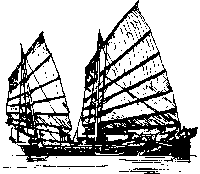 |
I've finally found all ten volumes. See this page for contents and sample plates. |
|
| |
|
|
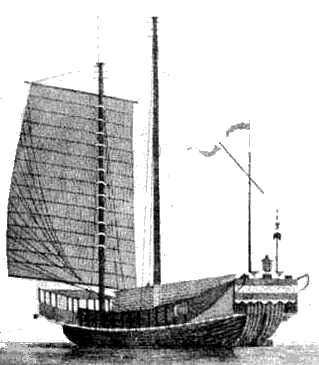 |
Anson's epic voyage around the world happened from 1740-44. To one of his lieutenants, Peircy Brett, we owe the first planof a proa ("The Flying Proa of the Marianas") and sketches of shipping near Macao. Unfortunately it seems Brett's journals and sketches remain unpublished and hidden in the Public Records Office in England. These are enlarged from a gritty illustration from Leo Heaps' Log of the Centurion which excerpts the journals of Philip Saumarez, another lieutenant. Heaps' book, and Richard Walters' Anson's Voyage Round the World are both excellent seafaring stories. |
|
|
Below: Two views of another Junk |
||
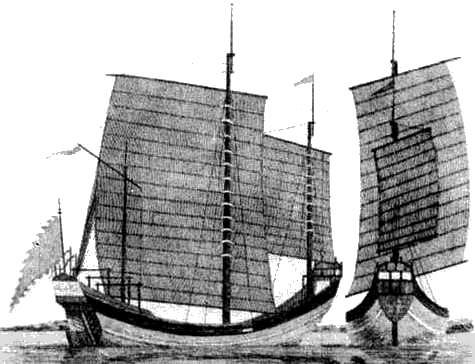 |
||
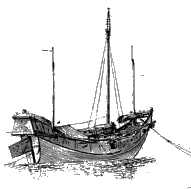 |
John Webber, artist on one of Cook's voyages, drew some junks and sampans when the expedition stopped at Macao on its way home (c.1777). These can be seen in the four-volume Art of Captain Cook's Voyages. |
|
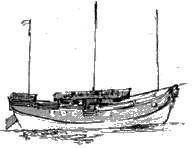 |
||
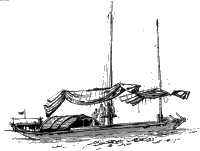 |
||
Plans:The Yangtze Pelican (email Muriel Short for study plans and info). This is the only small-boat plan I'm aware of that specifies a Chinese battened lugsail.Muriel's Pelican Page. |
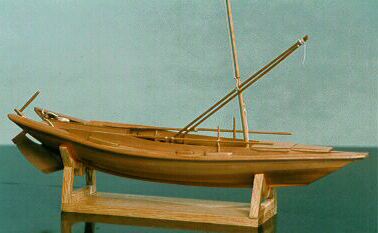 |
Around 1928 or 1929 YACHTING published a series of short articles by William Maxwell Blake, who measured Eastern watercraft he found in Singapore and elsewhere. The various plans cover different rigs and different types of hull and construction. Some of his drawings appear in the second edition of Warington Smyth's Mast and Sail in Europe and Asia. |
|
Magazine ArticlesThe Rudder:
WoodenBoat:
Messing About in Boats:
Small Boat Journal:
The National Geographic Return to Changing China (12/1971)
Practical Boat Owner (UK):
The Boatman (UK): I need to find an index to The Boatman. Anyone? Classic Boat (UK):
Other:
|
|
|
|
|
| |
|
|
3.0 02/22/01
3.2 05/15/01
3.5 08/31/02
3.7 01/31/03
..